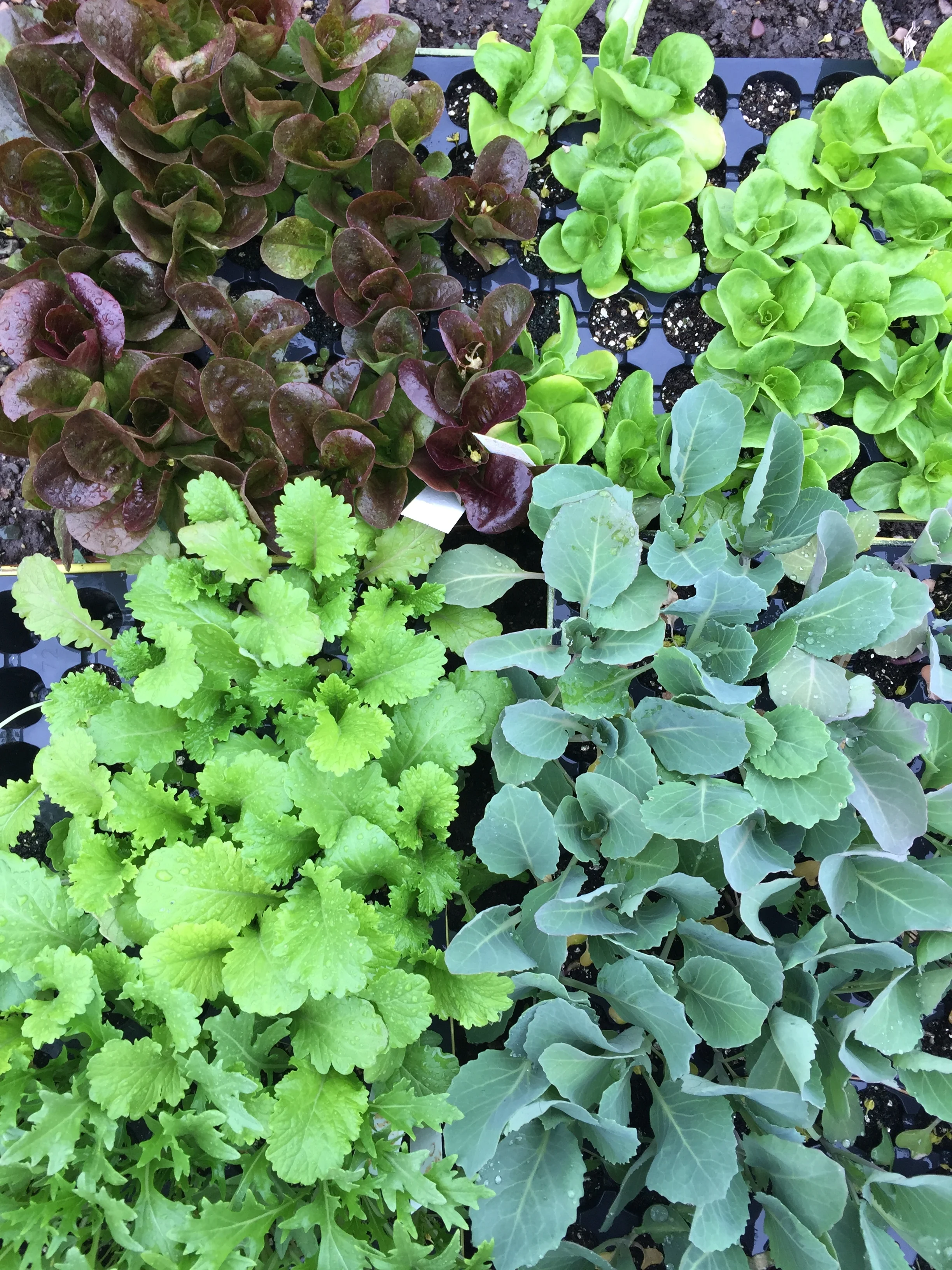Waiting for the Last Frost
Spring has sprung! And the weather may seem perfect for growing. It’s easy to want to plant everything as soon as the weather starts to warm, especially after a cold and gray Missoula winter. However, it’s important to differentiate "warm season" crops from "cold season" crops, and to wait until after our last frost date before planting the warm season crops.
Cold season crops can withstand frosts and seed germination is better in cooler soil temperatures. Ideal soil temperatures for seed germination varies for every crop, but generally, cold season crops germinate best in soil temperatures between 45 to 85 degrees Fahrenheit.
Warm season crops cannot withstand frosts and their seeds will not germinate in cold soil. As I said above, ideal soil temperatures for seed germination varies for every crop, but generally, warm season crops germinate best in soil temperatures ranging between 70 to 90 degrees Fahrenheit.
Cold season crops are what we typically plant as soon as the soil can be worked (April - May). Warm season crops will have to wait until after the average last frost, which is around May 18th in Missoula. I usually wait until Memorial Day to plant my warm season crops just to be careful, and most of our farmers wait until the first week of June.
Cold season crops, Plant April - May:
Clockwise from upper left: Red leaf lettuce, green leaf lettuce, broccoli, and spicy mustard greens.
These crops can be seeded or transplanted before the last frost and sometimes as soon as the soil can be worked. That said, always make sure to read the back of the seed packet or do some research online for the exact crop variety you are planting.
Beets
Broccoli
Brussels Sprouts
Bok Choy
Cabbage
Carrots
Cauliflower
Chard
Chives
Endive
Kale
Kohlrabi
Lettuce
Mustard Greens
Onion
Peas
Parsnips
Radishes
Raspberries
Rhubarb
Spinach
Strawberries
Turnip
Warm season crops, Plant After last frost:
All of these veggies above are warm season crops.
Due to our short growing season, these crops need to be started indoors or in a greenhouse and then transplanted outside after the average last frost date, which is around May 18 in Missoula.
Artichoke
Basil
Beans
Celery
Corn
Cucumber
Eggplant
Melons
Okra
Peppers
Potato
Pumpkin
Summer Squash (i.e. zucchini, crookneck squash, patty pan squash etc.)
Winter Squash (i.e. pumpkins, butternut, acorn, buttercup, or delicata squashes etc.)
Want to dig deeper?
Check out this blog for some helpful tips on how and what to start plants indoors.
This video gives you an idea of how we get our tomatoes off to a good start in the greenhouse.
The Missoula County Extension office created a handy planting chart that tells you exactly when to plant every vegetable in your garden. Keep in mind that these dates are based off of average frost dates, which vary from year to year. Always keep an eye on the weather and wait until temperatures are above freezing
Johnny’s Seeds also offers a helpful seed starting calculator.


